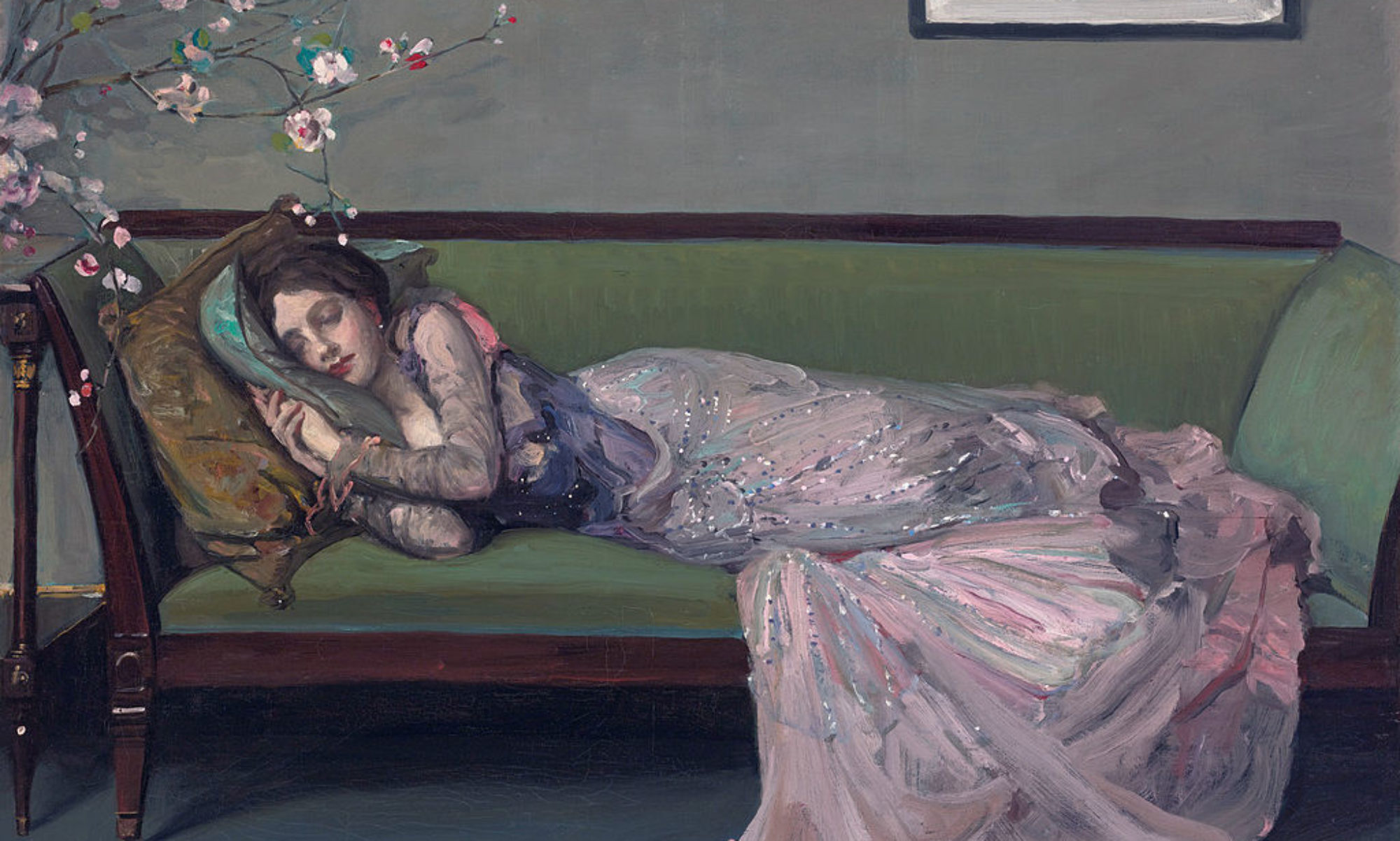This is an excerpt from an article by Nancy Mayer. You can read the entirety of it on her website The Regency Researcher. As many of you know, I’m her web mistress.
After March 25, 1754, when the Hardwicke Act for the Prevention of Clandestine Marriages went into effect, couples marrying in England had to follow certain rules in order to be legally married. Before that time, all that was needed was that they say their vows before a clergyman of the Church of England. The clergyman need not even be in charge of a parish as long as he had been ordained. Many were to be found in the vicinity of Fleet prison where people were imprisoned for debt. Under these circumstances, it was easy for people to keep the marriages secret. Though secret marriages might be beloved of novelists, they were very much disliked by courts and genealogists. The informal manner of weddings made it easier for bigamists.
The new act was meant to make marriages more public and regular. Though people had always been encouraged to have the banns called, it now became a requirement that they do so unless the couple obtained a license from the local bishop or the Archbishop of Canterbury. By 1811 the cost of a special license was £5. It was mostly used by the aristocracy and men in the public eye. The standard license from a bishop required a bond for £100 to be forfeit if the couple lied about any allegation as well as a slight fee. This license named the parish in which the wedding would be held. This license entailed a wait of seven days. The couple still had to marry between the hours of eight and noon.

After the banns were read in the parish church for three successive Sundays, the couple had to be married in that church between the hours of eight in the morning and noon by an ordained clergyman before two witnesses. Only if both the man and woman were Quakers or Jews were they exempt from this law. All others, even Roman Catholics, had to marry in the parish church of the Church of England unless they had obtained a special license. Even those with a special license had to be married by a man in holy orders.
By law the Roman Catholics were supposed to be married first by an Anglican priest before marrying by their rites, but in practice many married in Catholic rites first. However, the marriage was not valid until and unless they married according to the law by a clergyman of the Church of England.
All marriages had to be registered in the parish register even if the couple married in a private house by special license.
Read the rest of the article at The Regency Researcher
